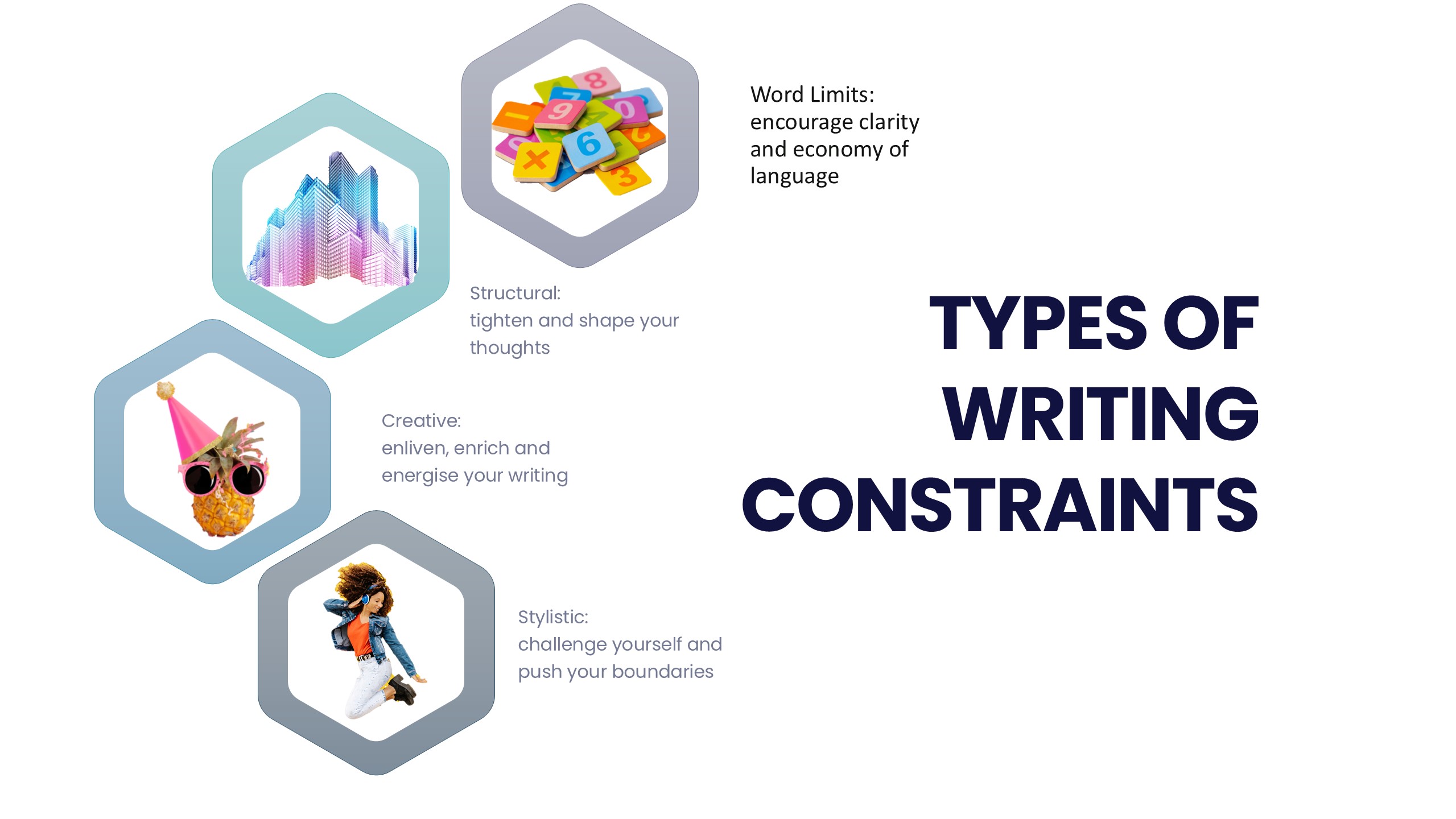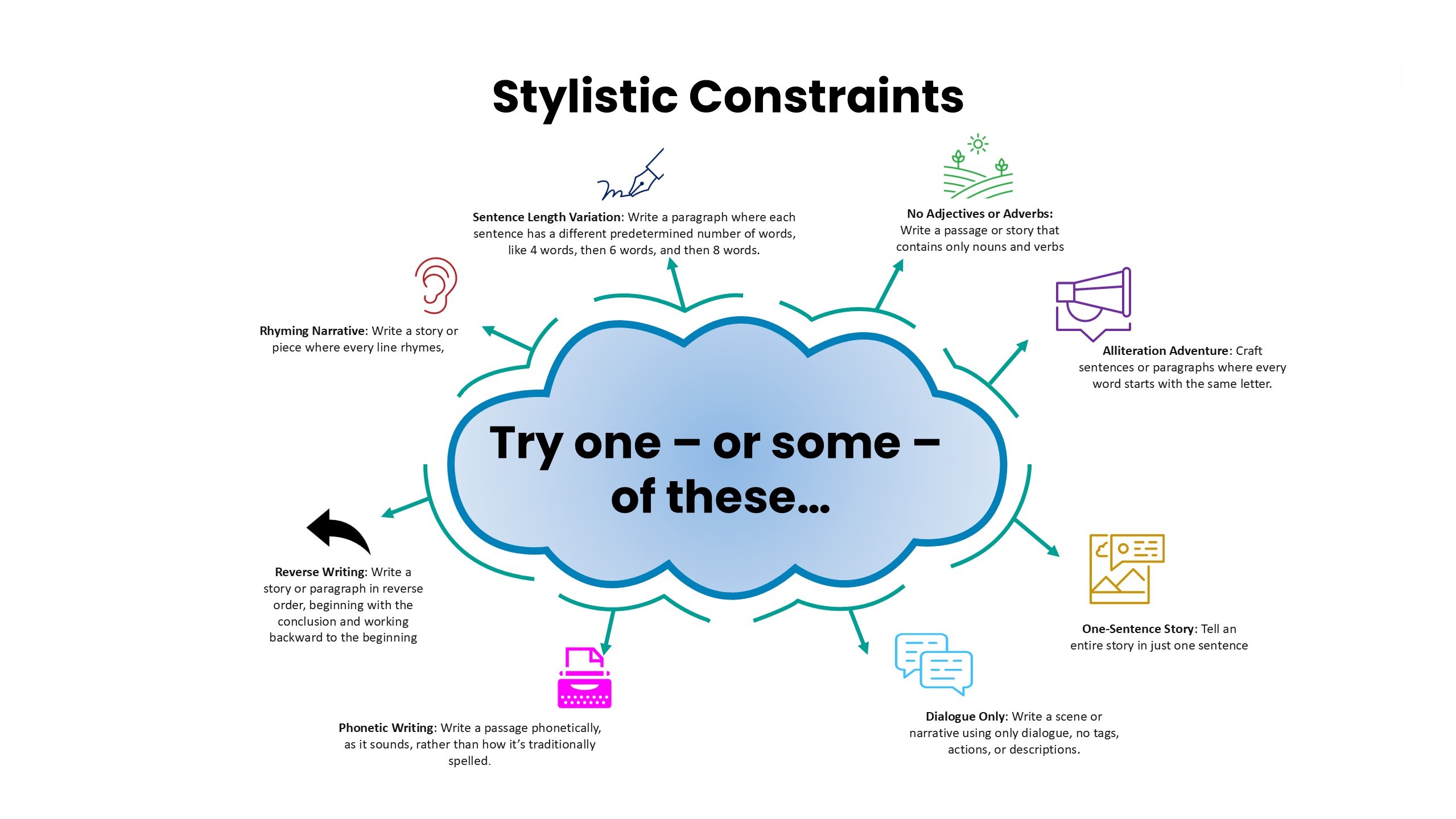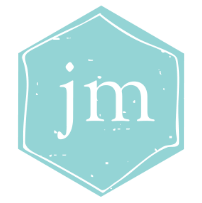We’ve all been there—navigating the unspoken rules of writing, whether it’s the mandated tone of a work email or changing your language when texting friends versus your mum about your plans for the night. But what happens when the rules are so tight they feel like a straitjacket? Instead of stifling your creativity, these constraints can actually improve your creative writing skills: as you struggle to keep to the rules, you’re editing constantly and inventively. And if you’re stuck right at the beginning, constraints can help you get started as a creative writer!
The Magic of Constraints
The beauty of writing within constraints lies in the creativity it forces. Imagine you’re given a word limit; suddenly, every sentence matters, every word counts. This kind of pressure isn’t just a challenge—it’s an opportunity to refine your work in ways you might not have considered otherwise.
Take the common word limit. In high school, students often start with smaller limits that grow over time, but by the time they reach university, they might be shocked to face a 600-word cap. Writing succinctly can be far more challenging than filling up space, and many doctoral students struggle more with trimming their work to fit within a set limit than they do with writing longer pieces.
So here’s my first tip: impose a word limit on yourself. It doesn’t have to be drastic; try reducing your draft by 10-20%. This exercise will force you to be economical with your language, and I guarantee your work will become more engaging.

Structural Constraints: Crafting with Precision
Beyond word counts, you can apply constraints to the structure of your writing to tighten and shape your thoughts. Consider these strategies:
- Paragraph word limit: Stick to 160-180 words for an essay or 50 words for a blog.
- Vary sentence lengths: Make every sentence in a paragraph a different length.
- Sentence starters: Begin each sentence in a paragraph differently.
- Four-sentence introduction: Limit your essay intro to just four sentences.
- Verb-powered subheadings: Use action words in your blog subheadings.
- Parallel structures: Use a consistent pattern in your sentence structures or subheadings.
These constraints don’t just organize your work—they shape your thinking, guiding your ideas into a more compelling narrative.
Creative Constraints: Energise Your Storytelling
Now, let’s talk about the fun part. Because constraints – the more arbitrary the better – can enliven and enrich your creative writing. In a way, every time you sit to write creatively, you need to constrain yourself. For example, if your story is set in a particular world you need to obey the rules of that world. If you want your realistic piece set in downtown Auckland in 2024 to be credible, you can’t have everyone understanding Spanish or being able to fly. If the main character is 30, you can’t write that they remember seeing Elvis Presley live.
Here are some constraints to try for fun:
- Character quirks: Give a character a defining physical trait (a limp, a scar) and let it influence their development.
- Sensory descriptions: Use all five senses to paint a scene.
- Scene alternation: Switch between indoor and outdoor settings.
- Character limits: Decide on a specific number of characters per scene and stick to it.
- Cinematic vision: Visualize your scene as if it were a movie—think about wide shots, close-ups, and how they impact the narrative.
- Possession power: Assign each character a unique possession they carry at all times and see how it shapes them.
These constraints don’t limit you—they unlock new pathways for your creativity.
Stylistic Constraints: Pushing Boundaries
Finally, let’s dive into stylistic constraints, where things get truly exciting. Often used in poetry drafts, these constraints can be applied to any form of writing. They’re challenging, sometimes maddening, but they push your creativity to new heights:
- Drop a vowel: Try writing without using a specific vowel—start with ‘u’ before attempting the harder ones like ‘e.’
- Syllable count: Pick an odd number of syllables and stick to it for each line.
- Repetition: Repeat a sound, pattern, word, or phrase throughout your piece.
- Random words: Include five randomly chosen words in your draft.
- Color challenge: Mention a specific color (like orange) five times in your writing.
These exercises are more than just fun; they stretch your mind, helping you discover new ways to express your ideas. And remember, once you’ve played with a constraint, you can always ease up during editing. Here are some ideas to try…

If you’d like to explore even more constraints, check out my free download here!
If you’re looking for a fun way to boost your creativity, check out my unique Creative Writing Starter Cards – with 40 cards across four suits—setting, character, event, and challenge—these prompts will constrain you in the best way – they’ll inspire fresh ideas and help you break out of writer’s block. Find them here and let them spark your next writing adventure! You’ll also find my new Creative Writing Essentials course, for when you want to take your writing to the next level.
Constraints aren’t barriers—they’re tools to embrace and enhance your creativity. By pushing against them, you’ll find new ways to make your writing vibrant, engaging, and uniquely yours.

